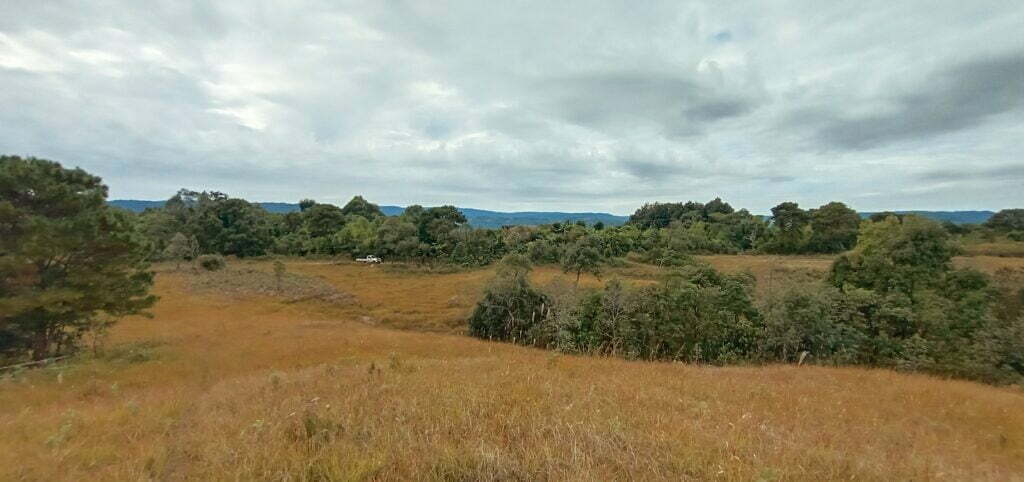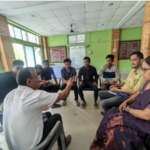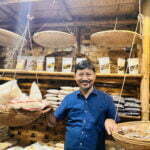Bijoy Ghimire
Disconnected yet deeply rooted
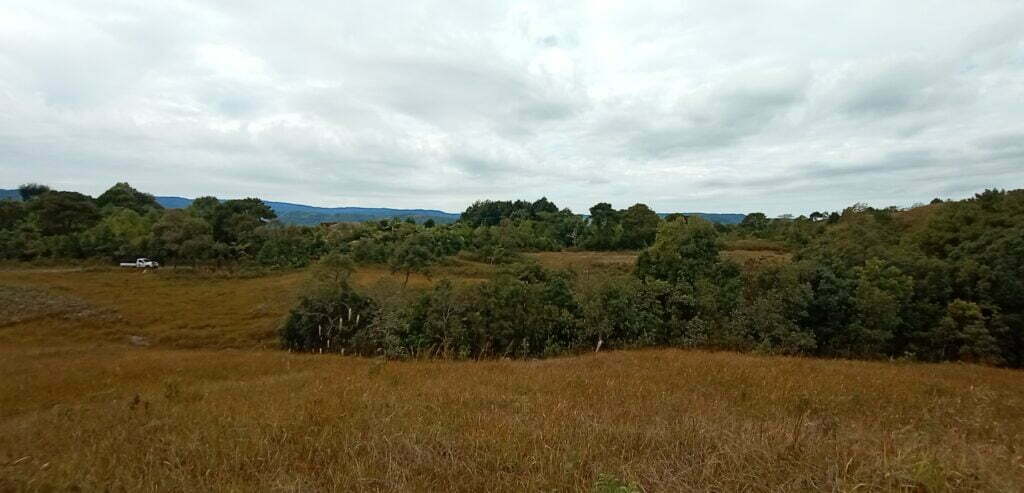
The Unraveling Journey to Thuruk in the beautiful Dima Hasao.
Some trips propel you to reorient your approach and perspective towards things. One such trip was the TRIP-TO-THURUK. Specifically the journey from New Sangbar to Thuruk, a total of 41 kilometers will fascinate one with one or the other characteristics of the entire region. Within a few kilometers from New Sangbar, you will completely lose your mobile network but to your bewilderment, you will find an ingenious in every village to exactly locate for you the mobile connectivity thereby helping you to be in touch with your dear ones.
Moving forward you will have the opportunity to witness one of the most significant and fascinating pre-historic remains in the form of big jars made of stones at Khobak Archeological site at Khobak, maintained by the District Archeological Dept, Dima Hasao. Researchers widely believe that these stone jars were perhaps used as bone repository. The Discovery of similar stone jars in Laos and Philippines establishes a credible and significant archaeological evidence to understand the migration of people and culture from Southeast Asia to Northeast India. But an archaeological site of such historical significance is poorly maintained and it is waiting for immediate care and attention from the concerned department.
This beautiful hilly terrain which comes under the Kharthong constituency of North Cachar Hills Autonomous Council (Dima Hasao), will wholly absorb you in the pristine tribal ways of the Biate community. The Biates are one of the hill tribes spread over many parts of Northeast India having their own unique identity with a rich and distinctive history, culture, dialect and religious heritages.
The tranquillity of the beautiful villages of Vaitang, Hebron, Lungphumphai, Mualdam and Thuruk will assimilate you completely into the simplistic folksy ways of living life amidst the Biates. The evening assemblies of the elderly gentlemen with the village headman as their leader have several stories to tell about the rich cultural heritage and the glory of their respective villages. These assemblies in the chilled weather over sugar-free black teas, which is one of the indispensable customs at regular intervals, and the burning firewood in the middle have many things to convey. Convey to the wider group of people outside the region.
The Biates in these villages wants to popularize their most prominent and remarkable festival, that is, ‘Nuldin Kut’ – The festival of ‘Renewal of Life’. This festival occupies a very special place in the heart of every Biate people. It is enjoyed with great fervour and enthusiasm as the beginning of a new life before life’s activities take a great share of their time during the upcoming new year. It is considered as a special occasion to renew one’s strength and determination before life takes a new and fresh course.
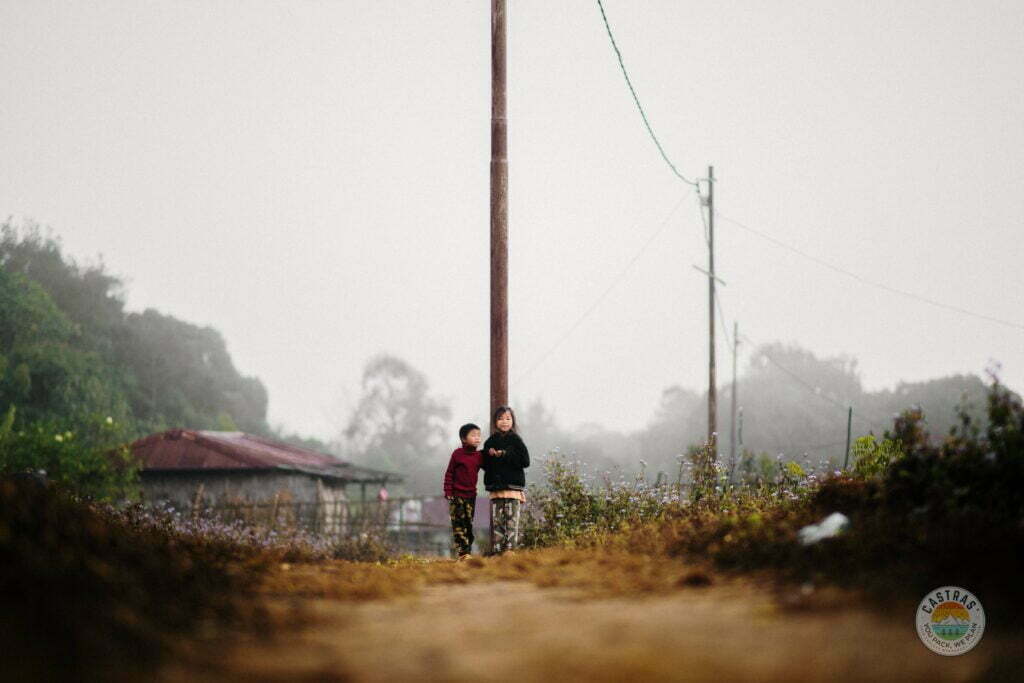
It is during this festival where people forgive and forget each other’s shortcomings, misdeeds, sorrows and discontentment arising out of their past deeds. The priest, the community leaders and all the community members assemble together and pray to God with all humility and sanctity for the forgiveness of their past sins. The festival therefore is also regarded as the festival of forgiveness.
Widely considered the coldest place in Assam, Thuruk is the last motorable village after Mualdam. It will take another 3 to 4 hours to trek through mountains and jungles from Thuruk to reach Harangajao, the nearest railway station. The localities quite often take this route to reach out to avail train and bus services so that they could connect themselves to other parts of the state or the country. This walking trail many a times becomes quite very difficult for the local people to surmount and they also have to risk their lives while trekking during extreme weather conditions. Connecting Thuruk with Harangajao with motorable roads could have opened the possibilities of better connectivity and could have hugely solved the inaccessibility issues of the entire region.

The entire distance of 41 kilometers from New Sangbar to Thuruk welcomes you to its lush green mountains and the pine and orange trees on both sides of your way.
Mualdam and Thuruk together consist of around 90 households. Having a Literacy percentage of more than 70, every Biate in the region looks keen to learn and enquire. It is however, unfortunate that the nearest town of Umrangso of around 50 kilometers is a distant place to an inhabitant of Thuruk and Mualdam during summers. It takes an entire day to cover the distance because the roads are in shambles.
The beautiful Dima Hasao has yet another very important region to gather their focus upon to harness the huge tourism opportunities. With the new leadership, we all can only hope that the administrative machinery will soon ameliorate the communication bottlenecks of the place and mitigate the difficulties of the people.
The long strolls in the frosty winter mornings at beautiful Thuruk village and the indispensable sugar-free black tea are ingrained in the memory to cherish forever.

